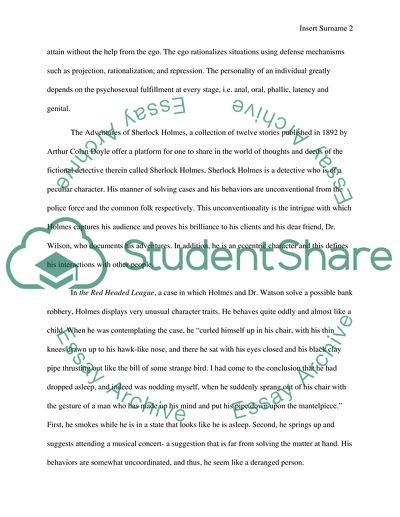Cite this document
(“The Psychoanalysis of Sherlock Holmes Essay Example | Topics and Well Written Essays - 1500 words”, n.d.)
Retrieved from https://studentshare.org/literature/1643732-the-psychoanalysis-of-sherlock-holmes
Retrieved from https://studentshare.org/literature/1643732-the-psychoanalysis-of-sherlock-holmes
(The Psychoanalysis of Sherlock Holmes Essay Example | Topics and Well Written Essays - 1500 Words)
https://studentshare.org/literature/1643732-the-psychoanalysis-of-sherlock-holmes.
https://studentshare.org/literature/1643732-the-psychoanalysis-of-sherlock-holmes.
“The Psychoanalysis of Sherlock Holmes Essay Example | Topics and Well Written Essays - 1500 Words”, n.d. https://studentshare.org/literature/1643732-the-psychoanalysis-of-sherlock-holmes.


